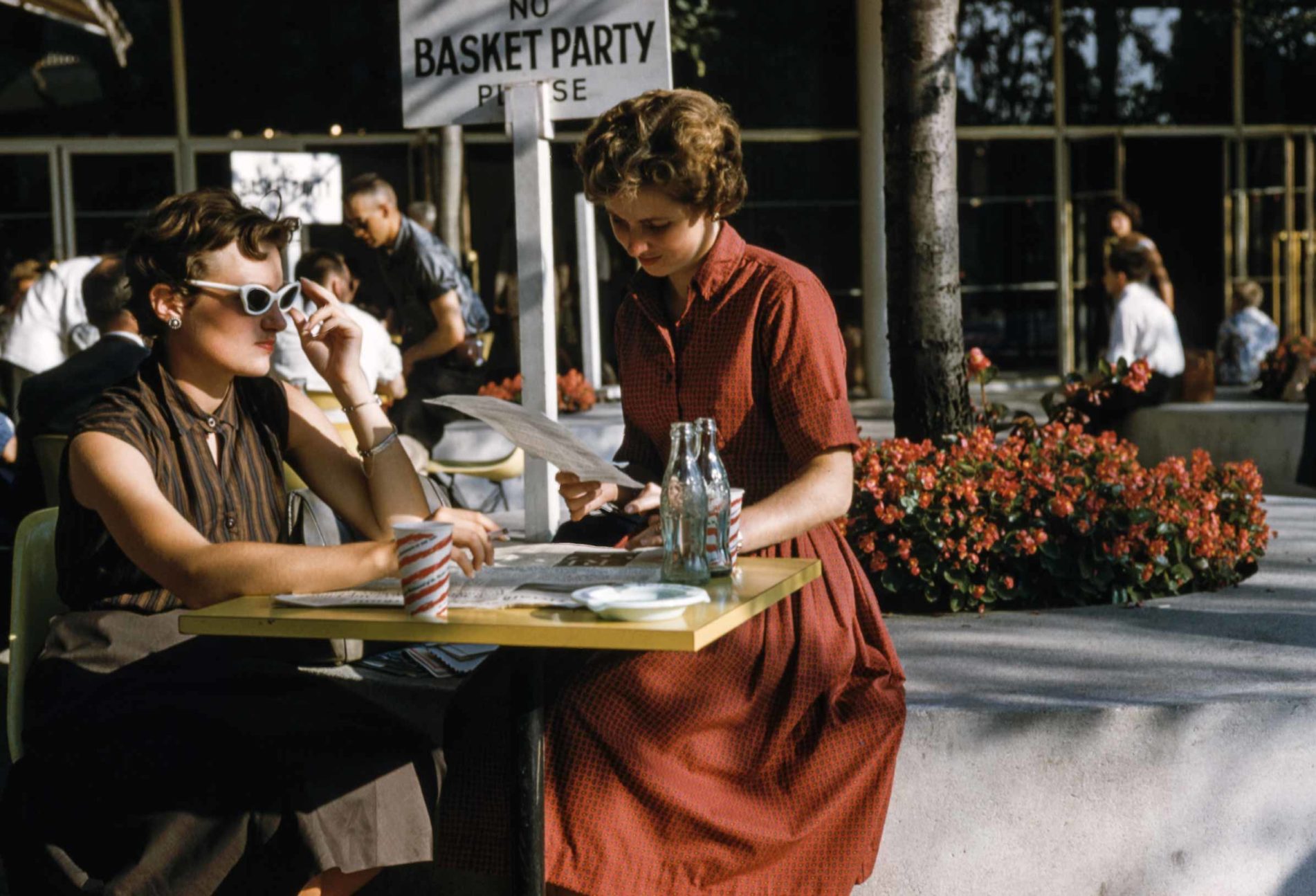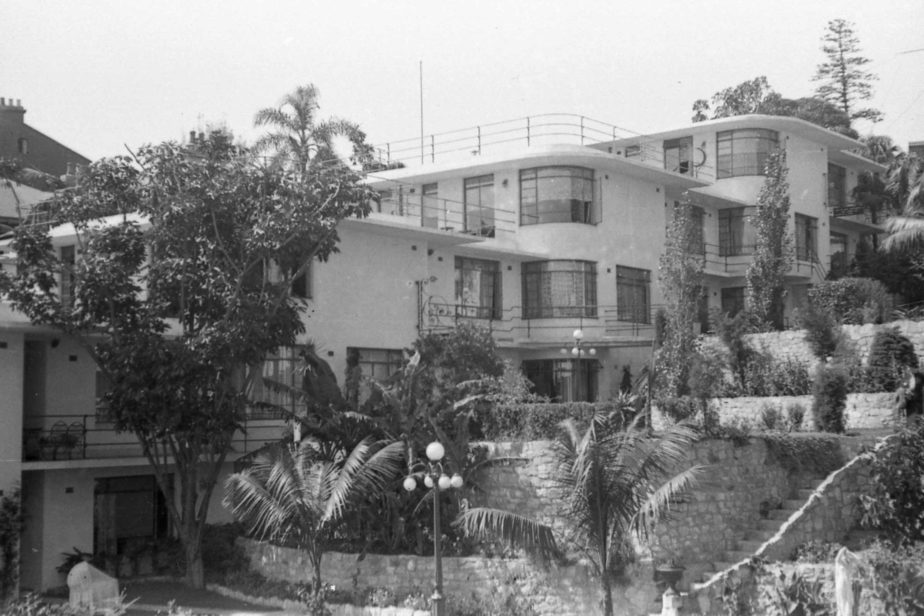How modern homes can build community
In reality, it’s people who create community. However, the design of houses, apartment blocks and suburbs has an influence on how easy, or difficult, it is to build and maintain relationships with your neighbours.
In this land of wide open spaces, it’s somewhat odd that, for many years, the house on the quarter-acre block was viewed as the ultimate; something to strive for, the only place to live and bring up a family. Because in most cases, those blocks (in reality, usually smaller than a quarter acre) were so clearly delineated – purposefully fenced, hedged and brick-walled along at least three of their boundaries. These were places where a stray ball, a wayward branch or even drifting smoke from a backyard bonfire were often unwelcome trespassers.
Architecturally and in a town planning sense, these weren’t places with a natural sense of community – it’s no wonder that during the Fifties and Sixties, a cup of tea, a Bex and a good lie down became the clichéd cure-all for the housewife trapped in her modern home in the suburbs.

Looking to the past to inform the Modern Homes of the future
It’s interesting to contemplate why we so often ignore the best and most interesting aspects of design from one generation to the next – why weren’t those suburban developers of the Fifties even the tiniest bit influenced by Walter Burley Griffin and Marion Mahony Griffin’s Castlecrag development of the Twenties and Thirties? Laneways, tiny parks, playgrounds, bushland, the absence of poles and wires and fences, an amphitheatre with sandstone seating, modern homes the likes of which had never been seen in this country – overall, a sense of magic. In its early days, Sydney’s suburb of Castlecrag attracted like-minded souls to buy into its utopian vision of the world – those who were slightly outside the mainstream, keen to escape the order imposed elsewhere. Developers elsewhere didn’t need to embrace the complete vision, but a laneway here, a lack of a boundary there could only be a good thing as far as building communities go.
When it comes to apartments, Wyldefel Gardens in Potts Point was one development that once had an inbuilt sense of community. Built in the Thirties, the two blocks of units (22 altogether) step down the hillside towards the harbour, separated by a lushly planted communal garden. Units, with expansive bent glass windows, look out onto the garden; apartment roofs form roof gardens for neighbouring units – at the time, these were considered modern homes of the best order. At the harbour’s edge stood a swimming pool, tennis courts (with changing rooms) and boatshed. All in all, this was an experiment in communal living as much as anything else; too bad, then, that the Navy reclaimed the land during World War II and that was the end of the boatshed, pool and courts (the changing rooms are still there, converted into a one-bedroom apartment).

Wyldefel Gardens designed by W.A. Crowle with John R. Brogan

What next? Modern homes with a modern sense of community
In one sense, it’s not pools and tennis courts that help engender a sense of community these days – the possibility of rowdy residents and increased maintenance levies can be more than a little off-putting. Urban apartment buildings that add to the streetscape and consider the idea of community in a broader sense of the word are the model we should be working toward; small developments such as the former Yellow House in Potts Point, New South Wales or the Tonkin Zulaikha Greer building housing Fratelli Paradiso, also in Potts Point. Cafes and a gallery at street level, for all the neighbourhood to use, are an asset to the area, unlike the entry to garages found on many other newer buildings.

Building a Neighbourhood
As the ultimate community building exercise in a literal sense, it’s hard to go past Alistair Knox’s work in Eltham, Victoria. He pioneered the use of mud brick in this country, partly as a response to material shortages after World War II. He was largely self-taught and, all up, designed more than 1000 houses. In the early days, out-of-work friends in the artistic community helped with construction, but so too did his clients. It’s not something we can ever imagine happening again – Workplace Health and Safety would soon put a stop to that, and more’s the pity.

